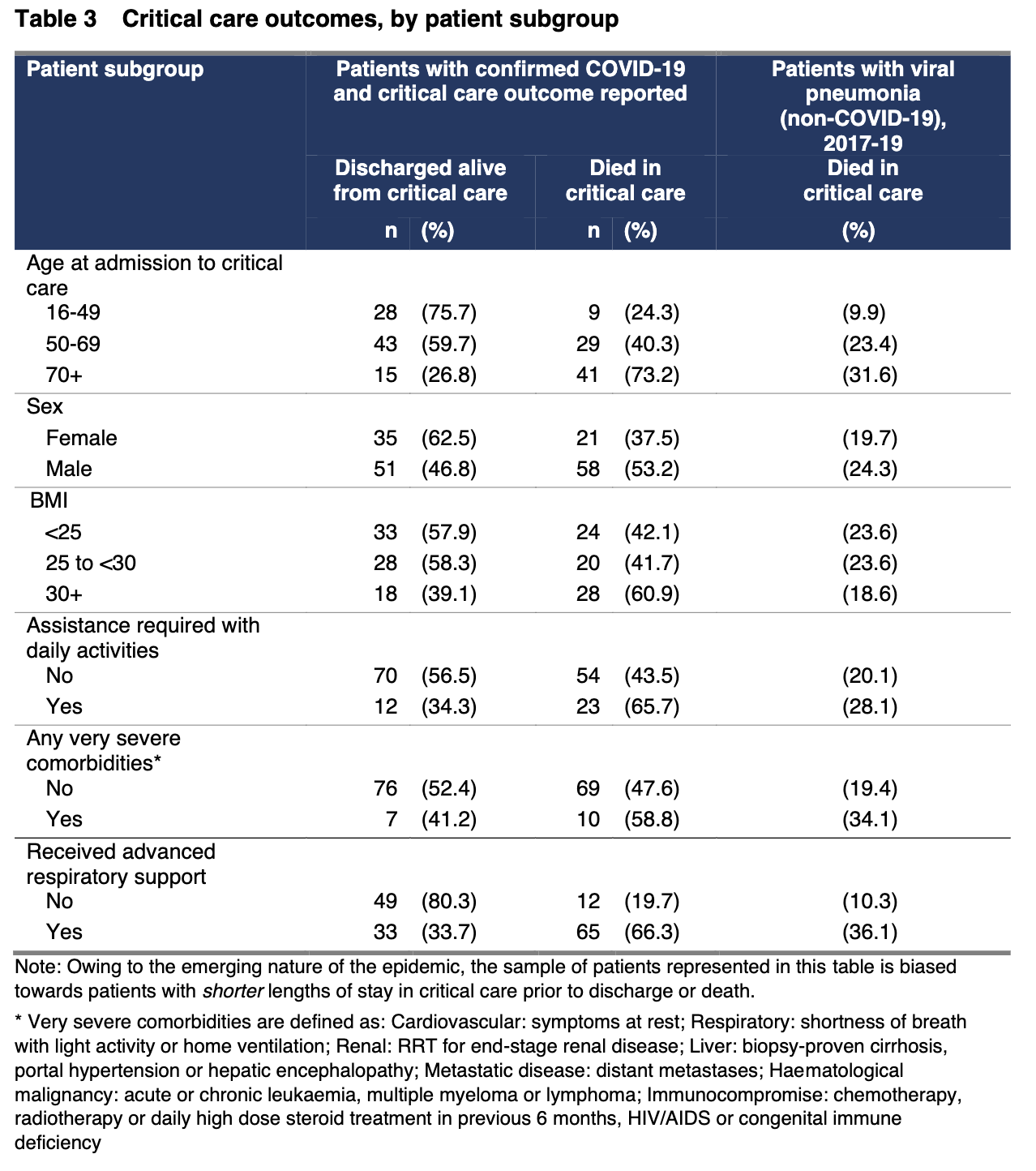Jeff Besos’ annual letter 2019/2020 is out. A little like JP Morgan’s Jamie Dimon (out recently too) and Warren Buffet’s, this letter is a must read for those in business and investing but because Amazon is such a large part of people’s lives globally, I recommend it for all. Praise Amazon or critique Amazon, the business is a significant part of our world. This year’s letter is perhaps more “advertorial” than many recent letters but still worth digesting.
Two interesting economic debates embedded in the letter is around price gouging and minimum wages. Plus, some projects on the environment where arguably Amazon has in previous years been behind the curve (eg vs Microsoft) but is now innovating in this area.
On minimum wage:
Amazon’s jobs come with an industry-leading $15 minimum wage and comprehensive benefits. More than 40 million Americans—many making the federal minimum wage of $7.25 an hour—earn less than the lowest-paid Amazon associate. When we raised our starting minimum wage to $15 an hour in 2018, it had an immediateand meaningful impact on the hundreds of thousands of people working in our fulfillment centers. We want other big employers to join us by raising their own minimum pay rates, and we continue to lobby for a $15 federal minimum wage.
Economists are still arguing about this. There are some who argue that minimum wages provides for fewer jobs. While others argue that this impact is slight and offset by the welfare of higher wages. Two points in a well trodden debate.
From an Amazon point of view there is a possible competitiveness factor. If it can afford to attract good labour at these wages and if minimum wages cause more problems for its competitors, then this might be a policy it would pursue regardless of thinking about the welfare of labour.
Besos has a relatively complex view of where Amazon sits in human capital:
Over the last decade, no company has created more jobs than Amazon. Amazon directly employs 840,000 workers worldwide, including over 590,000 in the U.S., 115,000 in Europe, and 95,000 in Asia. In total, Amazon directly and indirectly supports 2 million jobs in the U.S., including 680,000-plus jobs created by Amazon’s investments in areas like construction, logistics, and professional services, plus another 830,000 jobs created by small and medium-sized businesses selling on Amazon. Globally, we support nearly 4 million jobs. We areespecially proud of the fact that many of these are entry-level jobs that give people their first opportunity toparticipate in the workforce
But, Besos it keen to train his entry-level workforce to a level, where they can leave Amazon for better jobs.
We want to improve workers’ lives beyond pay. Amazon provides every full-time employee with healthinsurance, a 401(k) plan, 20 weeks paid maternity leave, and other benefits. These are the same benefits that Amazon’s most senior executives receive. And with our rapidly changing economy, we see more clearly thanever the need for workers to evolve their skills continually to keep up with technology. That’s why we’respending $700 million to provide more than 100,000 Amazonians access to training programs, at their places ofwork, in high-demand fields such as healthcare, cloud computing, and machine learning. Since 2012, we haveoffered Career Choice, a pre-paid tuition program for fulfillment center associates looking to move into high-demand occupations. Amazon pays up to 95% of tuition and fees toward a certificate or diploma in qualifiedfields of study, leading to enhanced employment opportunities in high-demand jobs. Since its launch, more than 25,000 Amazonians have received training for in-demand occupations.
You can think of this as fighting for competitive human capital. I’ve heard Amazon speak of the fact that many immigrants are the ones that take up the Amazon offer both of training and moving on to better paid jobs. Or, you could think of this as an Amazon-world view of how it is training human capital.
Amazon has a Pay to Quit model (this from 2013/14 Letter), which is worth a whole blog about. But dwell on the cost of keeping disengaged employees, and the incentives for hiring the type of people you want.
The second program is called Pay to Quit. It was invented by the clever people at Zappos, and the Amazon fulfillment centers have been iterating on it. Pay to Quit is pretty simple. Once a year, we offer to pay ourassociates to quit. The first year the offer is made, it’s for $2,000. Then it goes up one thousand dollars a year until it reaches $5,000. The headline on the offer is “Please Don’t Take This Offer.” We hope they don’t take the offer; we want them to stay. Why do we make this offer? The goal is to encourage folks to take a moment and think about what they really want. In the long-run, an employee staying somewhere they don’t want to be isn’t healthy for the employee or the company
On to the unfortunately named “price gouging”. Many economists argue that price is “a signal wrapped up in an incentive”. That line of argument suggests for scarce products that the price signal is important. But, high prices in stressed times can cause “reputational” problems. People dislike Uber’s surge pricing even though it helps regulate supply/demand. If a local shop ramped up prices for snow shovels at a time of a snow storm, it may well lose custom once the snow has passed. (Related, See my blog on Nassim Taleb on the ethics of stuffing). As a large business, very much in the political and public eye, Amazon may well have more to gain in social-political capital than it does by letting high prices for scare products exist on its platforms. Besos writes:
Amazon is acting aggressively to protect our customers from bad actors looking to exploit the crisis. We’ve removed over half a million offers from our stores due to COVID-based price gouging, and we’ve suspended more than 6,000 selling accounts globally for violating our fair-pricing policies. Amazon turned over informationabout sellers we suspect engaged in price gouging of products related to COVID-19 to 42 state attorneys general offices. To accelerate our response to price-gouging incidents, we created a special communication channel for state attorneys general to quickly and easily escalate consumer complaints to us.
Besos is famously customer-obsessed. That signal on customer concerns on the environment (amongst other signals) is now being heard and acted upon:
Customers count on us to be there, and we are fortunate to be able to help. With our scale and ability to innovate quickly, Amazon can make a positive impact and be an organizingforce for progress.Last year, we co-founded The Climate Pledge with Christiana Figueres, the UN’s former climate change chiefand founder of Global Optimism, and became the first signatory to the pledge. The pledge commits Amazon tomeet the goals of the Paris Agreement 10 years early—and be net zero carbon by 2040.
Amazon faces significant challenges in achieving this goal because we don’t just move information around—we have extensive physical infrastructure and deliver more than 10 billion items worldwide a year. And we believe if Amazon can get to netzero carbon ten years early, any company can—and we want to work together with all companies to make it areality. To that end, we are recruiting other companies to sign The Climate Pledge.
Signatories agree to measure and report greenhouse gas emissions regularly, implement decarbonization strategies in line with the Paris Agreement, and achieve net zero annual carbon emissions by 2040. (We’ll be announcing new signatories soon.)We plan to meet the pledge, in part, by purchasing 100,000 electric delivery vans from Rivian—a Michigan-based producer of electric vehicles. Amazon aims to have 10,000 of Rivian’s new electric vans on the road asearly as 2022, and all 100,000 vehicles on the road by 2030. That’s good for the environment, but the promise is even greater. This type of investment sends a signal to the marketplace to start inventing and developing newtechnologies that large, global companies need to transition to a low-carbon economy.
And Besos hammers his environmental credentials even more:
We’ve also committed to reaching 80% renewable energy by 2024 and 100% renewable energy by 2030. (Theteam is actually pushing to get to 100% by 2025 and has a challenging but credible plan to pull that off.) Globally, Amazon has 86 solar and wind projects that have the capacity to generate over 2,300 MW and delivermore than 6.3 million MWh of energy annually—enough to power more than 580,000 U.S. homes.
We’ve made tremendous progress cutting packaging waste. More than a decade ago, we created the Frustration-Free Packaging program to encourage manufacturers to package their products in easy-to-open, 100% recyclable packaging that is ready to ship to customers without the need for an additional shipping box. Since 2008, thisprogram has saved more than 810,000 tons of packaging material and eliminated the use of 1.4 billion shipping boxes.
We are making these significant investments to drive our carbon footprint to zero despite the fact that shopping online is already inherently more carbon efficient than going to the store. Amazon’s sustainability scientists have spent more than three years developing the models, tools, and metrics to measure our carbon footprint. Their detailed analysis has found that shopping online consistently generates less carbon than driving to a store, since asingle delivery van trip can take approximately 100 roundtrip car journeys off the road on average. Our scientists developed a model to compare the carbon intensity of ordering Whole Foods Market groceries online versusdriving to your nearest Whole Foods Market store. The study found that, averaged across all basket sizes, onlinegrocery deliveries generate 43% lower carbon emissions per item compared to shopping in stores. Smaller basketsizes generate even greater carbon savings.
AWS is also inherently more efficient than the traditional in-house data center. That’s primarily due to twothings—higher utilization, and the fact that our servers and facilities are more efficient than what mostcompanies can achieve running their own data centers. Typical single-company data centers operate at roughly 18% server utilization. They need that excess capacity to handle large usage spikes. AWS benefits from multi-tenant usage patterns and operates at far higher server utilization rates. In addition, AWS has been successful inincreasing the energy efficiency of its facilities and equipment, for instance by using more efficient evaporativecooling in certain data centers instead of traditional air conditioning. A study by 451 Research found that AWS’s infrastructure is 3.6 times more energy efficient than the median U.S. enterprise data center surveyed. Along withour use of renewable energy, these factors enable AWS to do the same tasks as traditional data centers with an 88% lower carbon footprint. And don’t think we’re not going to get those last 12 points—we’ll make AWS 100% carbon free through more investments in renewable energy projects
So, these claims do need to put to scrutiny. However, it’s very easy to “Amazon-bash” and find problems in a 840,000 person organisation. But, when you find those reports - consider the other side of the ledger and then in the round consider is Amazon part of the solution or part of the problem ? (I’m not here to sway you one way or the other, but to ask you the question of if you’ve considered the issues in the round.)
Where you fall in answering that question should then inform much of your thinking about big business, the role of innovation and second order effects.
Much more in the letter especially on COVID response.
Link to Amazon annual letters here. (and some below)






